I have time-sensitive data that ranges from now until 7 days from now with hourly resolution ~220 values. I was able to get them to plot following Mike Bostock's demo here: http://bost.ocks.org/mike/cubism/intro/demo-stocks.html
but I can't seem to find how to extend the timescales and data to span across the entire display. I was looking for an extent argument or xrange or width, but I haven't had any luck. I'm sure the answer is trivial, but I can't seem to find it.

var context = cubism.context()
.step(3600000) // <-- this changes the time resolution
.size(1280) // <-- this changes the width
.stop();
Also, d3.time.scale.domain seems to be undefined in d3.v3.min.js.
Here's the fiddle that shows you what the code looks like (because it's calling d3.csv I wasn't sure how to get it completely working in the fiddle...so I included the csv file below the javascript.) : http://jsfiddle.net/oay7tvq0/